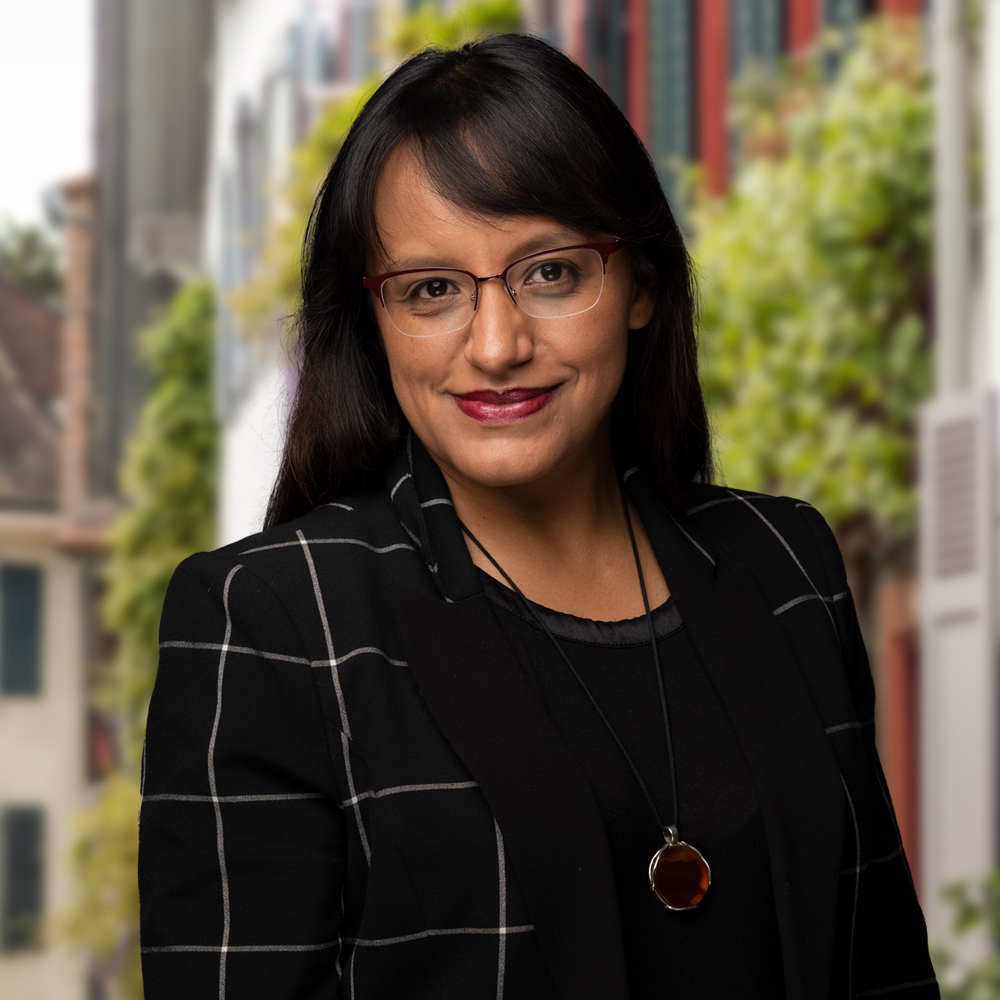Safe and Sound Cities Programme (S²Cities)
A global programme catalysing youth-driven action for safer cities.
Logo & banner by Kehaan Sarayia; Webdesign and User Experience of S²Cities Website by Kasjmier Leela.
Location
The Safe and Sound Cities programme (S²Cities) is a global programme with the objective of creating safer urban environments for young people ages 15 – 24 in secondary cities of low- and middle-income countries. Designed as a ten-year programme, it has completed its first three years of implementation in six cities across Ecuador, Colombia, Indonesia, and the Philippines. Building on the achievements and learnings of Phase I, the programme now seeks to widen its scope in Phase II.
Year 1 | Pilot cities: Envigado, Colombia and Bandung, Indonesia
Year 2 | 4 new cities: Cuenca and Ambato, Ecuador and Baguio and Naga (Camarines Sur), the Philippines
Year 3 | Register your city’s interest to join the programme
Aim
To improve young people’s safety and wellbeing in urban environments. This is done by engaging local governments, institutions, the private sector, community actors, and most importantly, young people in capacity strengthening and innovation activities to co-create solutions to local safety and inclusivity challenges and engage youth meaningfully in decision-making processes.
Challenge
Young people are particularly vulnerable to risks of rapid urbanisation. They often lack safe spaces and the opportunities, capacities and structures to exercise their right to safety. Public and private actors have a responsibility to involve young people in decision-making processes and to realise their right to safety.
Approach
S²Cities is an open and iterative programme based on a cyclical process of system understanding, building capacities, prototyping solutions, and improving and scaling solutions.
The programme consists of 4 components of activities, as per the Theory of Change:
Systems understanding – Local partners engage with urban actors (young people, government, private sector, academic institutions and civil society) to analyse the local safety and security situation, apply systems thinking to analyse interconnectivity and develop holistic understandings of safety predeterminants in their urban context.
Capacity and empowerment – Strengthen skills and local capacities in young people and municipalities through participatory training and bridge building to establish structures for meaningful youth engagement.
Prototyping solutions and innovations for youth-driven action – Establish a process for young people to ideate through innovation incubators, ‘ideathons’ or other contextualised mechanisms to enable their ideas to address key safety challenges identified in the first component.
Systemic improvements and scaling – Foster preconditions of system change for safer urban environments even after the programme ends, resulting in an improvement overflow from participating cities to neighbouring ones.
Role of GIB
As the intermediary organisation and global programme manager, GIB facilitates grant-making, partner recruitment, and global programme operations, while cultivating inclusive partner roles and shared measurement practices. In addition, GIB convenes a Global Learning Network of young people, cities and like-minded actors and impactful advocacy through sharing of best practices, lessons learnt and programme representation in key global and local events. With its innovative approach and excellent delivery, GIB brings all actors together to achieve a common goal: creating safer urban environments for young people.
Features
- S²Cities: the programme seeks safe cities with young leaders for the sustainable future | Feature in Urbana Utopia
- Infrastructures “in between” and the role of placemaking in the circular transition | Mention in white paper by Diego Luna Quintanilla, BUUR Part of Sweco
- Cities for youth | Jens Aerts from Buur Part of Sweco sharing insights from the programme in the Urbanistica podcast with Mustafa Sherif
- For further insights into the programme, visit the S²Cities blog section.
Partners
The S²Cities programme is proudly led by Global Infrastructure Basel Foundation, in partnership with ICLEI, hosted by Swiss Philanthropy Foundation, with the support of Fondation Botnar.
- Global Infrastructure Basel Foundation
- ICLEI Local Governments for Sustainability
- Swiss Philanthropy Foundation
- BUUR Part of Sweco
- Relational Wellbeing Collaborative
- Universidad EAFIT
- City Collab
- World Research Institute Indonesia
- Fundacion Mi Sangre
- Huasipichanga
- Fundación Amaru
- Integrar
- Fundación Tandem
- CorpoAmbato
- Cordilleran Youth Center
- WeSolve Foundation
- PlacemakingX
- City Space Architecture
- Universidad del Azuay






